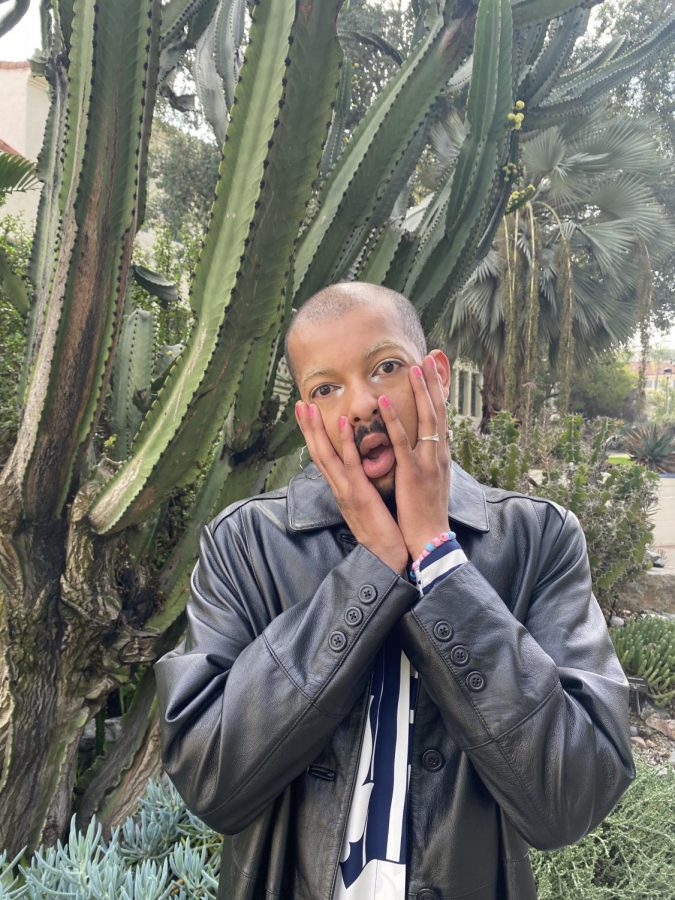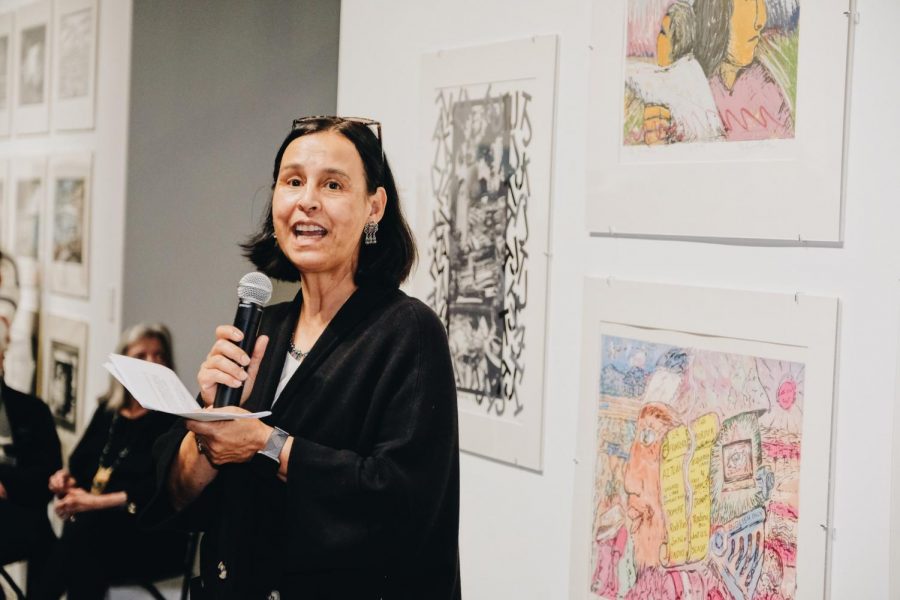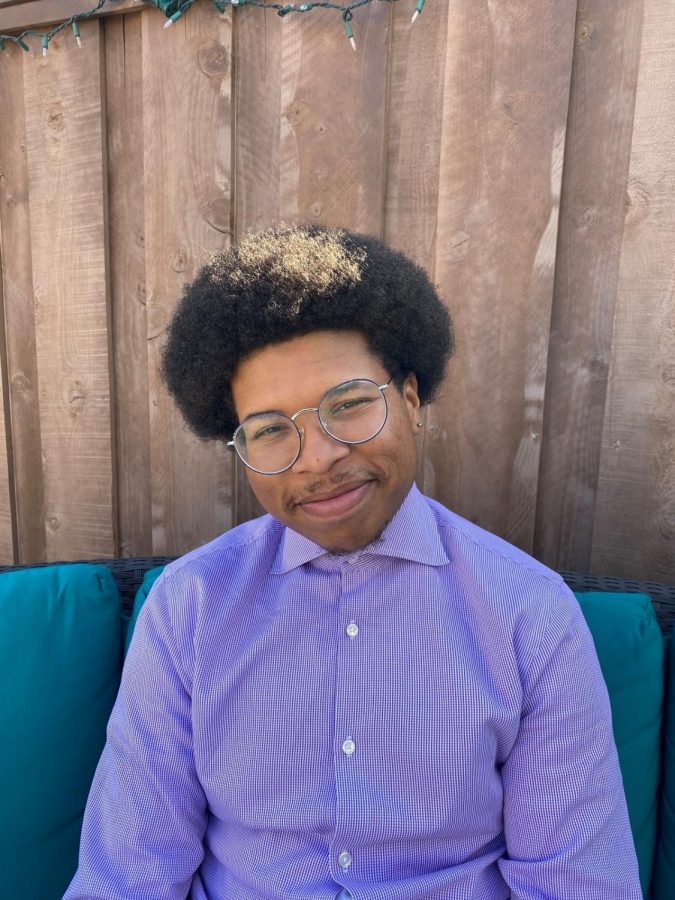Living in the 21st century certainly has its benefits—a robot-voiced entity named Siri can tell me how to get to the nearest gas station, I can have a full, up-to-the-minute conversation with my friend who’s studying in a different country thanks to iMessage and this thing called the Internet can answer virtually any question that I’ll ever have. However, none of these feats of technology delight me quite like witnessing the capturing of a selfie.
Sure, I love taking selfies. I’ve loved the process since my middle school days when I took plenty of selfies for my Myspace page. The classics were the “in-the-mirror-with-the-camera-flash-on” selfie and the “hold-the-camera-at-extremely-high-angles” selfie. Don’t act like you haven’t been there.
My passion for the selfie has only grown. My greatest accomplishment to date is the “Mona Lisa” selfie I took when visiting Paris this summer. The Louvre will never be the same. But what I love even more than taking selfies is witnessing someone else take a selfie.
I was at an In-N-Out Burger on a Saturday night a few weeks ago. As I was waiting for my cheeseburger to go, I noticed two girls to my left also waiting for their food They couldn’t have been older than 15. What did they decide to do while waiting? Take selfies.
I was fascinated. One whipped out her iPhone and the posing began. After the best duck face was achieved, the girl excitedly brought her phone down and, I’m assuming, posted it to the social media venue of her choice, if not several. I haven’t studied the selfie process enough to be able to differentiate which are Instagram, Snapchat or Facebook profile picture selfies. All I know is that filters were most definitely involved.
It’s an incredibly intimate moment to witness. You watch as the picture’s subject tries to find the best lighting, contemplates several head tilts and, my personal favorite, figures out what facial expression to make. Serious selfie? Kissy-lips selfie? Raised-eyebrows-and-looking-coy selfie? Way-too-large-grin selfie? The options are limitless.
What’s even better about the public selfie is how bold it is. It’s a declaration to all those around—“I look hot in this moment, I’m going to capture it, and damn it, you’re going to watch.”
Ever since the In-N-Out incident, I’ve noticed a spike in public selfies. At house parties, there’ll be a girl checking herself out in that forward-facing camera on her phone. It seems that our campus has even become the perfect venue for the selfie. I’ll admit I’ve taken a few while walking to class.
Recently, the Oxford English Dictionary announced “selfie” as its word of the year. Critics of millennials took it as one more piece of evidence to provide that we’re one of the most selfish generations yet—we’re forming Netflix addictions instead of fighting in world wars. But you know what we are doing? We’re learning to love ourselves.
There’s nothing immoral or harmful about appreciating the bodies we were born with. It’s a victimless crime that for some reason really irks a few folks. If a couple double-taps on my latest Instagram selfie make me feel better about myself, that doesn’t make me an attention whore; it makes me someone who is genuinely interested in cheering myself up a little.
People feel incredibly awkward when witnessing this harmless act, but why? Because we don’t know how to react to self-love. Our parents hardly had to deal with such unadulterated praise of the self. It’s not our fault that such a self-indulging activity is foreign. However, we can adapt, and create a culture that praises individuals who take the time to appreciate themselves. I mean, the fact that I’m composing a brief essay on the topic proves that we’re making a step in the right direction.
These little reminders of self-worth can be vital in preventing full-on breakdowns. I’m a firm believer that if I look good, I can conquer anything. And if a quick snapshot helps me forget about massive student debt or the lack of a job waiting for me after graduation, who’s to say that’s so wrong?









